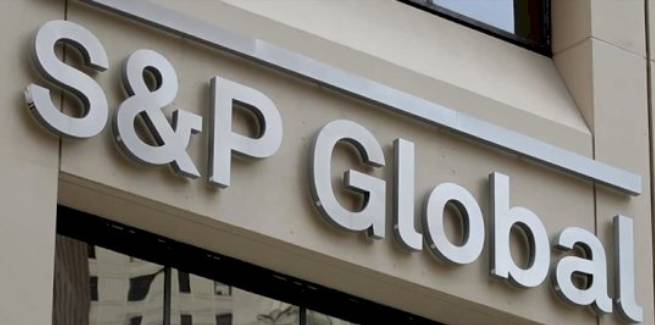According to S&P Global Ratings’ latest data, arrears underlying non-conforming residential mortgage-backed securities (RMBS) increased by 72 bps in April from 4.38 per cent to 5.10 per cent.
The increase was mostly driven by an increase in delinquencies across loans less than 90 days past due, pointing to a recent shift in servicing capacity.
S&P linked the recent uptick to the COVID-19 shock, with a greater proportion of such borrowers employed in industries hardest hit by shutdown measures imposed to curb the spread of the virus.
“[Non-conforming] loans have a higher exposure to self-employed borrowers, increasing their vulnerability to greater debt-serviceability pressure and more pronounced increases in arrears,” the ratings agency noted.
In contrast, prime mortgages arrears over 30 days past due declined, falling from 1.41 per cent in March to 1.31 per cent in April.
Prime home loan delinquencies declined across the country, with Victoria and the Northern Territory the only locations to record increases, up 7 bps and 5 bps, respectively.
However, according to S&P, the decline was not underpinned by an improvement in credit quality and debt serviceability in the market.
“Rather, it mainly reflects maintenance of loan pools, including the removal and addition of loans out of trusts, and some lenders reporting practices for loans under COVID-19 hardship arrangements,” S&P noted.
“Given current economic trends, we believe the underlying movement is negative for loans currently not paying, whether in arrears or subject to COVID-19 hardship arrangements.”
But S&P pointed to premier evidence form lenders, which suggests that a large pool of borrowers on hardship arrangements have commenced repayments on their home loan.
“Such borrowers are more likely to work in sectors closer to resuming normal business activity,” S&P noted.
According to S&P, approximately 7 per cent of prime RMBS loans are under COVID-19 hardship arrangements, compared with 18 per cent of non-conforming loans.
“The COVID-19 hardship concessions will help many borrowers during this period of stress,” the ratings agency added.
“While all of the loans are unlikely to move to formal arrears management and foreclosure after the hardship period ends, some are likely to be at a higher risk of default.
“The proportion of borrowers who can resume their normal mortgage repayments at the end of mortgage relief periods ultimately will be influenced by the economy’s path to recovery and how long it takes to return to business as usual.”
Loan deferral periods are set to expire in September.
[Related: Lenders urged to dip into capital buffers to fuel lending]
 ;
;
